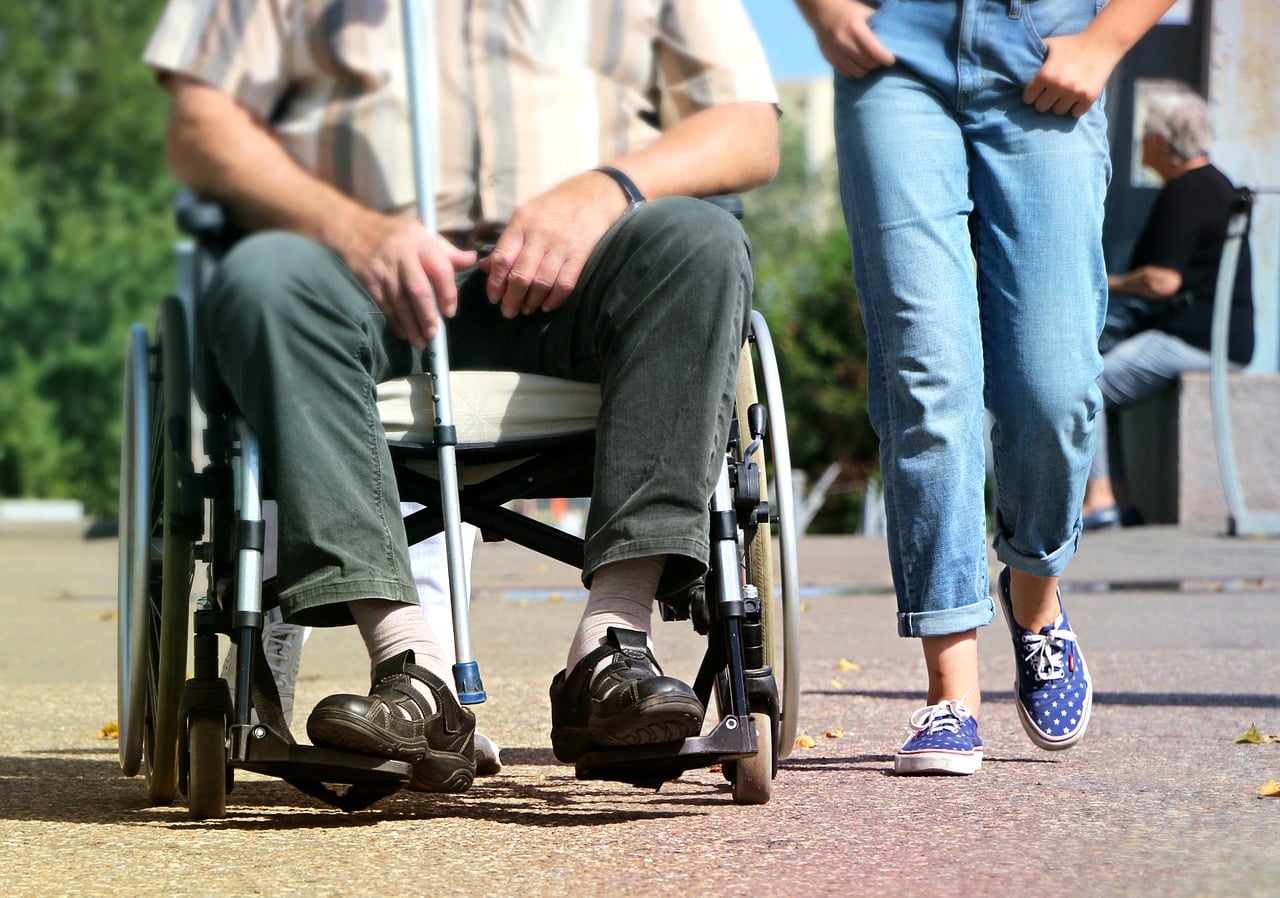According to the charity Stroke.org there are 100,000 strokes in the UK every single year. Medical professionals say the recovery window for spontaneous recovery is about 30 days and then after that, long-term recovery and rehabilitation is the focus. People may need to learn to walk again or talk again, or simply learn to live a new life with the differences the stroke has made.
Family members may care for their loved one, or at home care or care homes may be a more appropriate option depending on the amount of care that is required. In many situations, stroke aftercare can occur within the home and home care is a preferable option. The person who has had the stoke and their family are able to work together on recovery and getting life back to normal, all within the comfort of the family home.
IMAGE: PIXABAY
Nurse-Led Care
The beauty of home care and home help services is that the services provided are completely tailored to meet the individual needs of your loved one, and your household. Not only are the services unique to you, but they are also delivered in the place that matters the most to all of you. You also have total control over the carer that works with you and the right in-home care company will put time into ensuring there is a good dialogue and rapport with your loved one and the carer living with you.
The Need For Familiarity
With stroke aftercare, there is so much need for familiarity when it comes to the success of the recovery. In patients who may need help recovering memories, being in familiar surroundings that trigger those memories is essential. A quick recovery is also more likely in a place that a person is comfortable in.
Rehabilitation exercises of the mind and the body are also better completed inside the home where the person is most relaxed and able to focus. If any limitations are going to be more permanent, your carer can help create a routine that caters to those new needs. They can also help make suggestions on home adaptations and changes that will make everything as easy as possible for the whole family moving forward.
Why Live-In Care Helps Improve The Lives Of Those Undergoing Stroke Recovery
In the first 30 days following a stroke, some help with cooking, cleaning and personal care for the client are often very helpful, according to the not-for-profit organization the Live-in Care Hub, and these services can be provided by a live-in carer. A home help can easily provide these kinds of services as well.
Long-term more nurse-led care or intensive care may be a better option as an alternative to a nursing home or care home. With a good live-in care company, the carers who come to you will have experience in working with stroke victims. In all cases, the care at home means that the patient does not have to be moved into unfamiliar surroundings, and they can stay in the place that makes them happiest.
Making Plans For In-Home Care
If you are ready to work towards getting some help at home for your loved one following them having a stroke, it is a good idea to go through a period of inquiry and research first. Do look into nursing homes and care homes to make sure you have looked into all options before you make your choice. There are lots of places to get information about all kinds of care and of course you can get plenty of help and information from your doctor.
Having the right care options after a stroke can make a huge difference to recovery, rehabilitation and to getting back to normal. Take your time, consider your options and make an informed decision that gives your loved one the best possible chance of a high quality of life moving forward.
If you are interested in even more lifestyle-related articles and information from us here at Bit Rebels then we have a lot to choose from.


COMMENTS